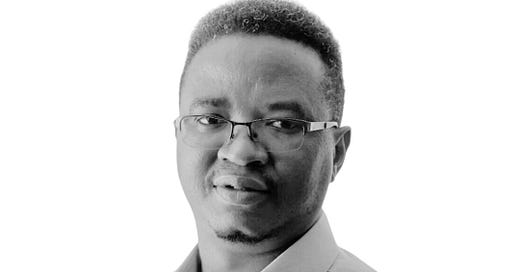For those who cherish the narratives of revival and spiritual awakening, July 8th holds profound historical significance. Exactly 284 years ago today, in Enfield, Connecticut, Jonathan Edwards delivered his seminal sermon, 'Sinners in the Hands of an Angry God.' This thunderous sermon became a pivotal moment in the First Great Awakening, a period that witnessed a profound transformation of lives and a sweeping renewal of churches across the American colonies. Edwards' sermon, delivered with solemnity and a deep, unwavering conviction, powerfully moved many to repentance and ignited a fresh, searing awareness of God's holiness and profound mercy. Considered among the most famous sermons ever preached, its impact resonates globally even today, centuries after its initial delivery. Rereading it this week, I couldn't help but ponder: how would Edwards' fearful message be received if he were to stand in a 21st-century pulpit?
1. Resources I am Enjoying
I have spent some time with the Pew Research Center’s June 2025 report: How the Global Religious Landscape Changed From 2010 to 2020. As the subtitle shows, it basically argues that Muslims grew the fastest while Christians lagged behind the global population increase.
There is a lot to be learned in this report. For my North American friends, it is telling to see the significant shift in the US religious landscape over the past decade. The 14.3 percentage point drop in Christian identification (from 78.3% to 64.0%) represents one of the most substantial changes in American religious demographics in recent history. Several factors appear to be driving this trend. The rise of the "nones" - those who identify as religiously unaffiliated - has been particularly pronounced, nearly doubling from 16.5% to 29.7%. The generational component is especially noteworthy. Younger Americans are significantly less likely to identify as Christian compared to older generations, suggesting this isn't just a temporary shift but potentially a long-term demographic transformation. This pattern reflects broader cultural changes, including increased secularisation, changing attitudes toward institutional religion, and evolving social norms around religious belief and practice.
The fact that surveys since 2020 suggest this decline may have levelled off is intriguing. It could indicate that the most dramatic phase of religious switching has passed, or it might reflect temporary factors, such as the pandemic's impact on religious communities and survey methodology.
This trend has significant implications for American politics, culture, and society, given Christianity's historical centrality to American identity and institutions. The continued monitoring of these patterns will be crucial for understanding the future religious and cultural landscape of the United States.
And, maybe, we need a quiet revival after all.
Keep reading with a 7-day free trial
Subscribe to Global Witness, Globally Reimagined. to keep reading this post and get 7 days of free access to the full post archives.




